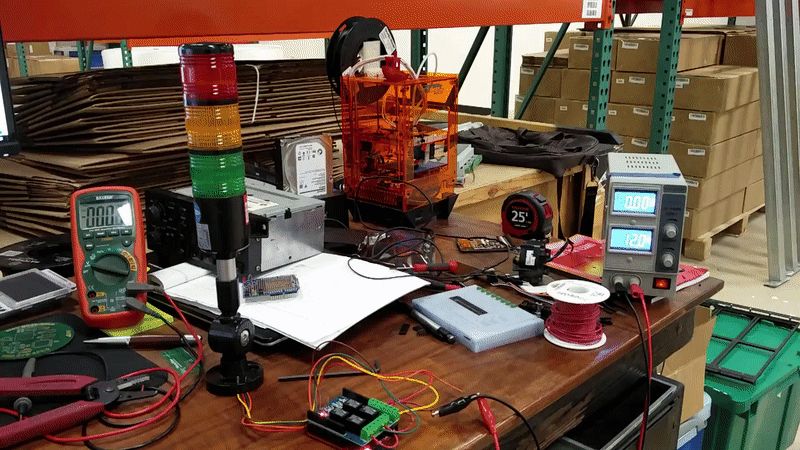Related Topics
The Name Will Arrive
The quest for the right connector for a project! The right of passage for any hardware electrical engineer starts with a connector catalog.
Ridiculous Relay Ratings
On this episode, Parker sifts through marketing gimmicks for component ratings and Stephen discusses dual rail power supply designs.
Kicking Troglodytes Off The Stage
PCB serial numbering? Parker and Stephen cover their thoughts on applying a unique identifier to PCBs in production for inventory and testing control.
Other Resources
Circuit Break Podcast
Webinars
Videos
Tour MacroFab's ITAR-Compliant Facility
November 4, 2016, Episode #40
- Stephen has been working hard on getting the crowd funding setup for the FX DEV Board. Video is being recorded now. Should have something to show next week about the video.
- Parker’s bluetooth radio hack for his Jeep is going well. Tested the module and it works. A spare radio to hack on arrived so Parker can get to work.
- The MacroDuino Rev 2 is working! To make the ATmega328PB work with the Arduino IDE, Parker used the Watterott‘s ATmega328PB-Testing repo. See Figure 1 of it controlling a light tower.
- Wall Clock idea is in progress now. Parker will be ordering boards for it soon. Stay tuned for this one.
- Upgraded USB killer V2.5 U disk killer miniature high voltage pulse generator. Parker and Stephen talked about this on a previous podcast but this is a newer version. The description is full of broken English.
- “High voltage, power must be off after standing for 2 minutes, until the release of more than electricity, and then carefully openings on the motherboard!”
- “Solve the USB killer V2.0 problem of unstable extension cable, By the test, extension line 5 meters long, killer can still release pulse. Nothing can stop it from releasing high voltage pulses.”
- What’s New, ESP-32? Testing the Arduino Library. The new ESP-32 now has core support for GPIO, UART, SPI, I2C, and WiFi for the Arduino IDE. The code is on Espressif’s github who are the designers of the chip. Interesting that the designers of the chip are pushing the Arduino platform for their hardware.
- Space Echo progress. Three quarters done. Should have it back together next podcast.
About the Hosts

Parker Dillmann
Parker is an Electrical Engineer with backgrounds in Embedded System Design and Digital Signal Processing. He got his start in 2005 by hacking Nintendo consoles into portable gaming units. The following year he designed and produced an Atari 2600 video mod to allow the Atari to display a crisp, RF fuzz free picture on newer TVs. Over a thousand Atari video mods where produced by Parker from 2006 to 2011 and the mod is still made by other enthusiasts in the Atari community.
In 2006, Parker enrolled at The University of Texas at Austin as a Petroleum Engineer. After realizing electronics was his passion he switched majors in 2007 to Electrical and Computer Engineering. Following his previous background in making the Atari 2600 video mod, Parker decided to take more board layout classes and circuit design classes. Other areas of study include robotics, microcontroller theory and design, FPGA development with VHDL and Verilog, and image and signal processing with DSPs. In 2010, Parker won a Ti sponsored Launchpad programming and design contest that was held by the IEEE CS chapter at the University. Parker graduated with a BS in Electrical and Computer Engineering in the Spring of 2012.
In the Summer of 2012, Parker was hired on as an Electrical Engineer at Dynamic Perception to design and prototype new electronic products. Here, Parker learned about full product development cycles and honed his board layout skills. Seeing the difficulties in managing operations and FCC/CE compliance testing, Parker thought there had to be a better way for small electronic companies to get their product out in customer's hands.
Parker also runs the blog, longhornengineer.com, where he posts his personal projects, technical guides, and appnotes about board layout design and components.

Stephen Kraig
Stephen Kraig is a component engineer working in the aerospace industry. He has applied his electrical engineering knowledge in a variety of contexts previously, including oil and gas, contract manufacturing, audio electronic repair, and synthesizer design. A graduate of Texas A&M, Stephen has lived his adult life in the Houston, TX, and Denver, CO, areas.
Stephen has never said no to a project. From building guitar amps (starting when he was 17) to designing and building his own CNC table to fine-tuning the mineral composition of the water he uses to brew beer, he thrives on testing, experimentation, and problem-solving. Tune into the podcast to learn more about the wacky stuff Stephen gets up to.
Special thanks to whixr over at Tymkrs for the intro and outro!
Related Podcasts
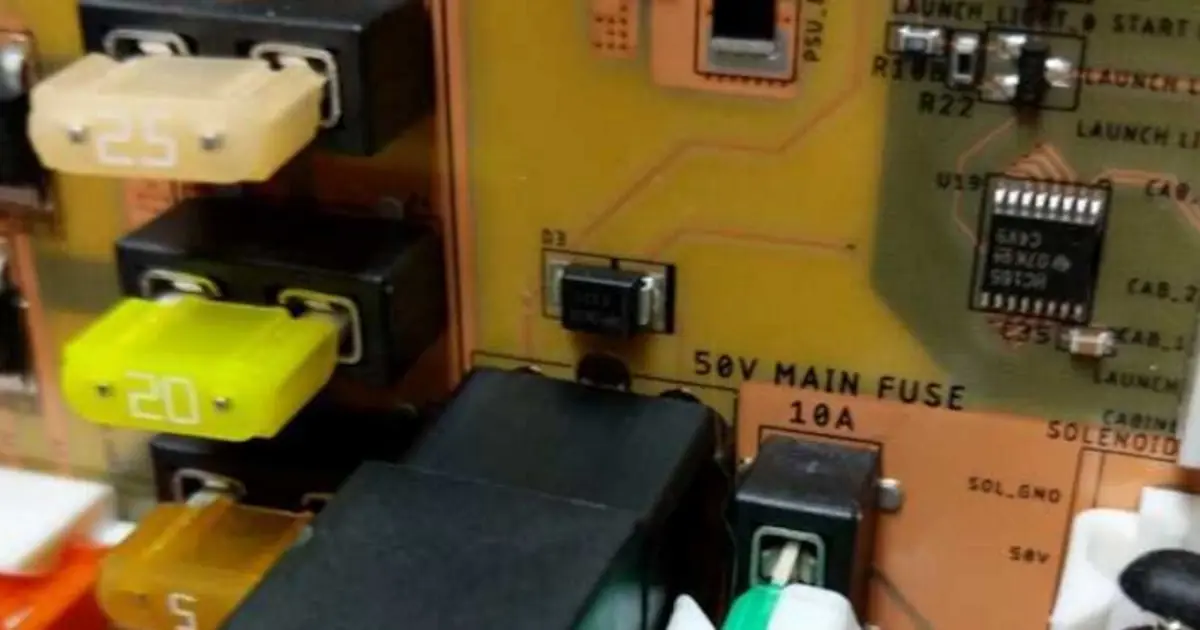
Ridiculous Relay Ratings
On this episode, Parker sifts through marketing gimmicks for component ratings and Stephen discusses dual rail power supply designs.
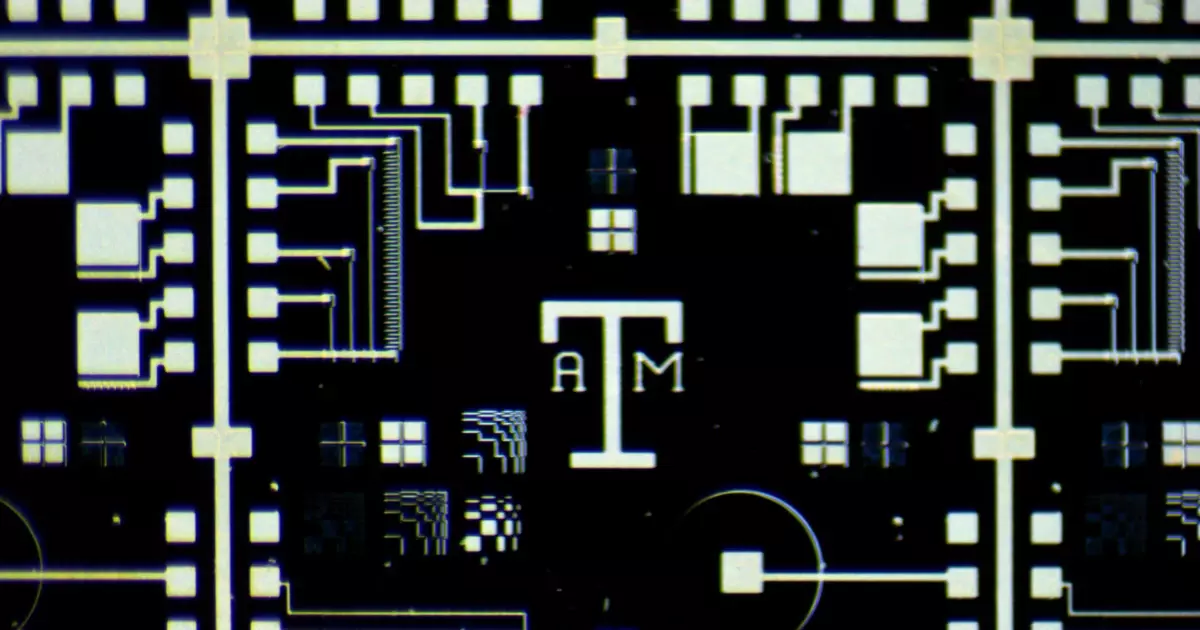
No Flex Allowed
On this Episode, Stephen and Parker talk about binned LEDs and what to look out for with mounting holes on PCBs.
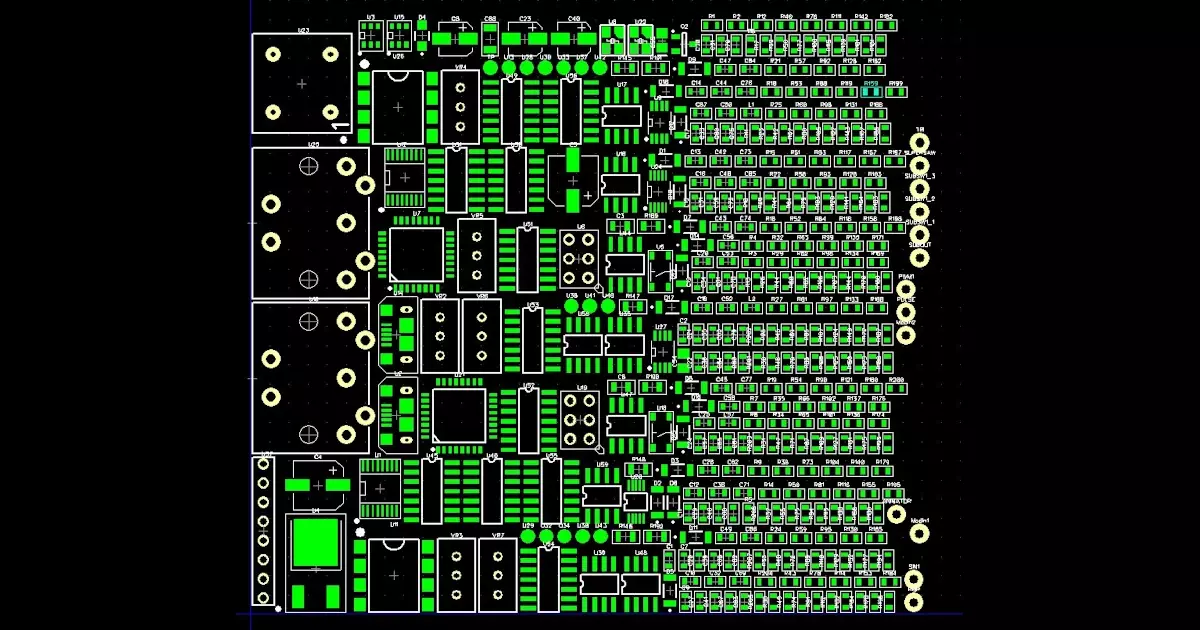
Anti Fitbits
On this Episode, Parker and Stephen talk about silkscreen markings on diodes and tracking beer drinking.
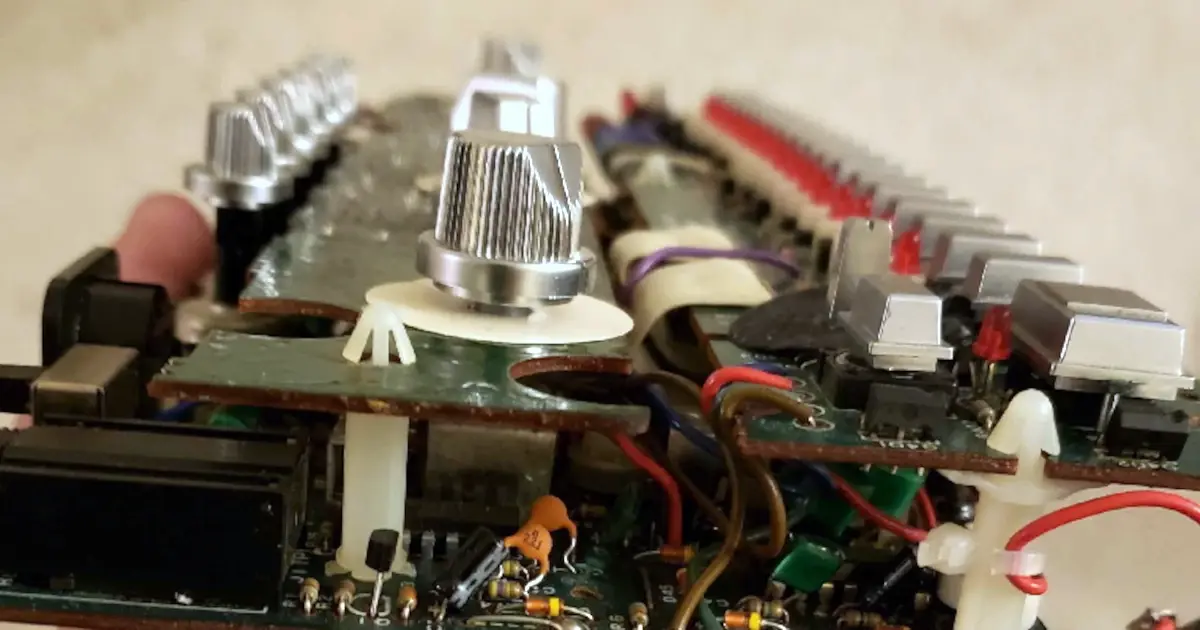
Kicking Troglodytes Off The Stage
PCB serial numbering? Parker and Stephen cover their thoughts on applying a unique identifier to PCBs in production for inventory and testing control.

The FX Development Board has landed!
On this Episode, Stephen launches the FX Development Board and Parker finally settles on conference room names!
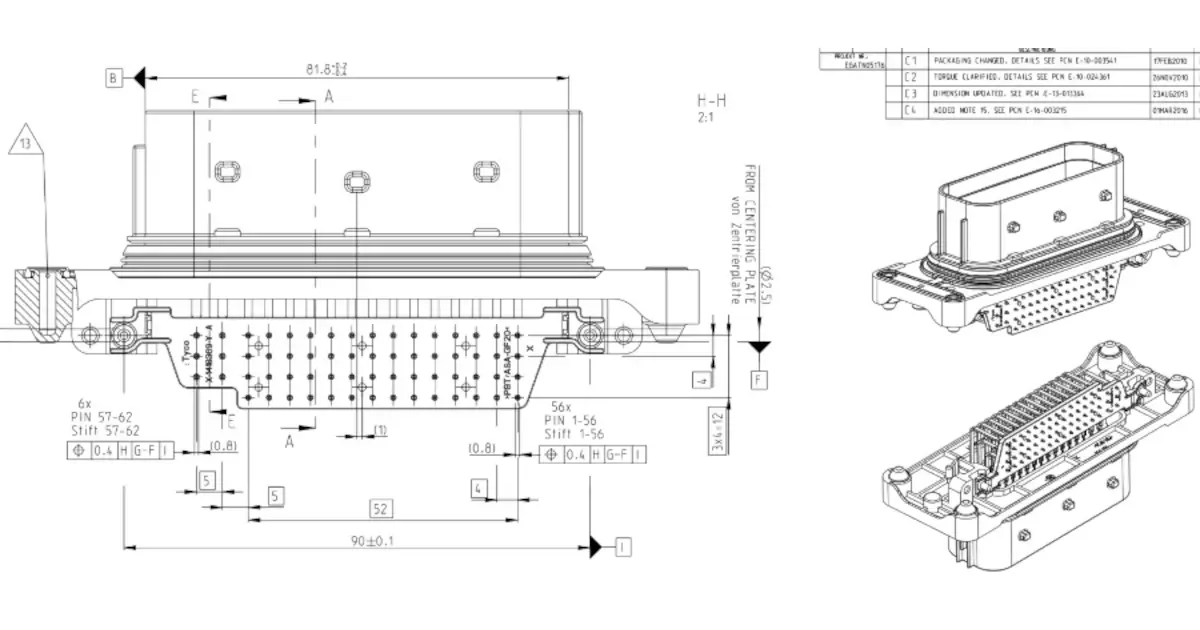
The Name Will Arrive
The quest for the right connector for a project! The right of passage for any hardware electrical engineer starts with a connector catalog.
About MacroFab
MacroFab offers comprehensive manufacturing solutions, from your smallest prototyping orders to your largest production needs. Our factory network locations are strategically located across North America, ensuring that we have the flexibility to provide capacity when and where you need it most.
Experience the future of EMS manufacturing with our state-of-the-art technology platform and cutting-edge digital supply chain solutions. At MacroFab, we ensure that your electronics are produced faster, more efficiently, and with fewer logistic problems than ever before.
Take advantage of AI-enabled sourcing opportunities and employ expert teams who are connected through a user-friendly technology platform. Discover how streamlined electronics manufacturing can benefit your business by contacting us today.
